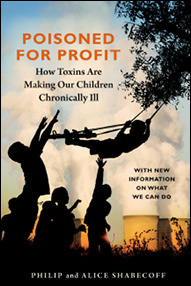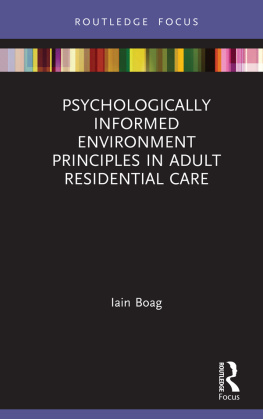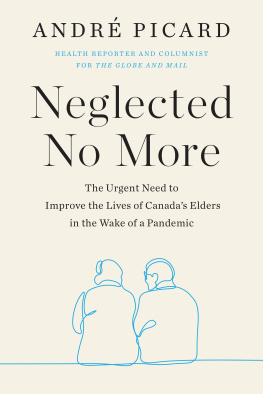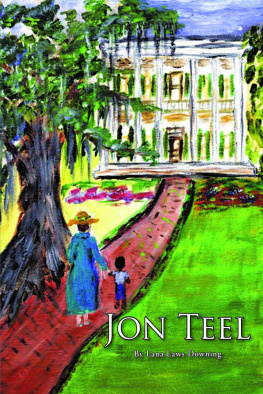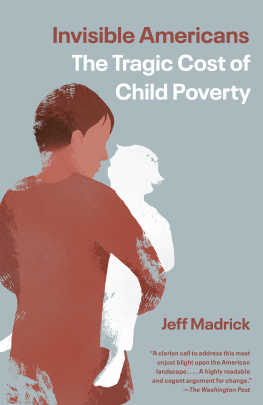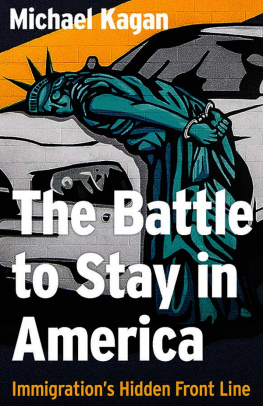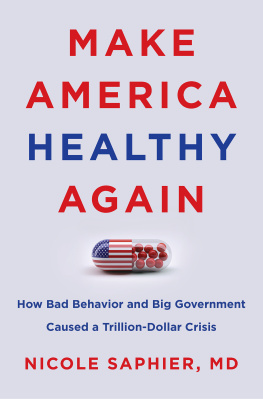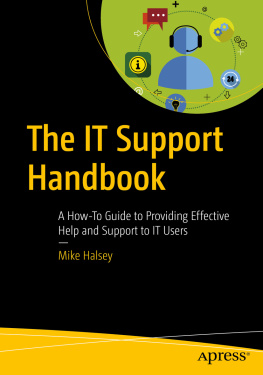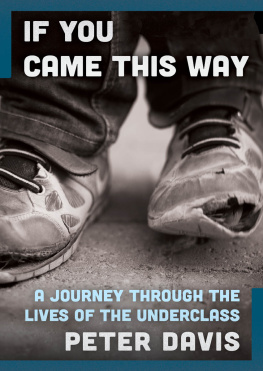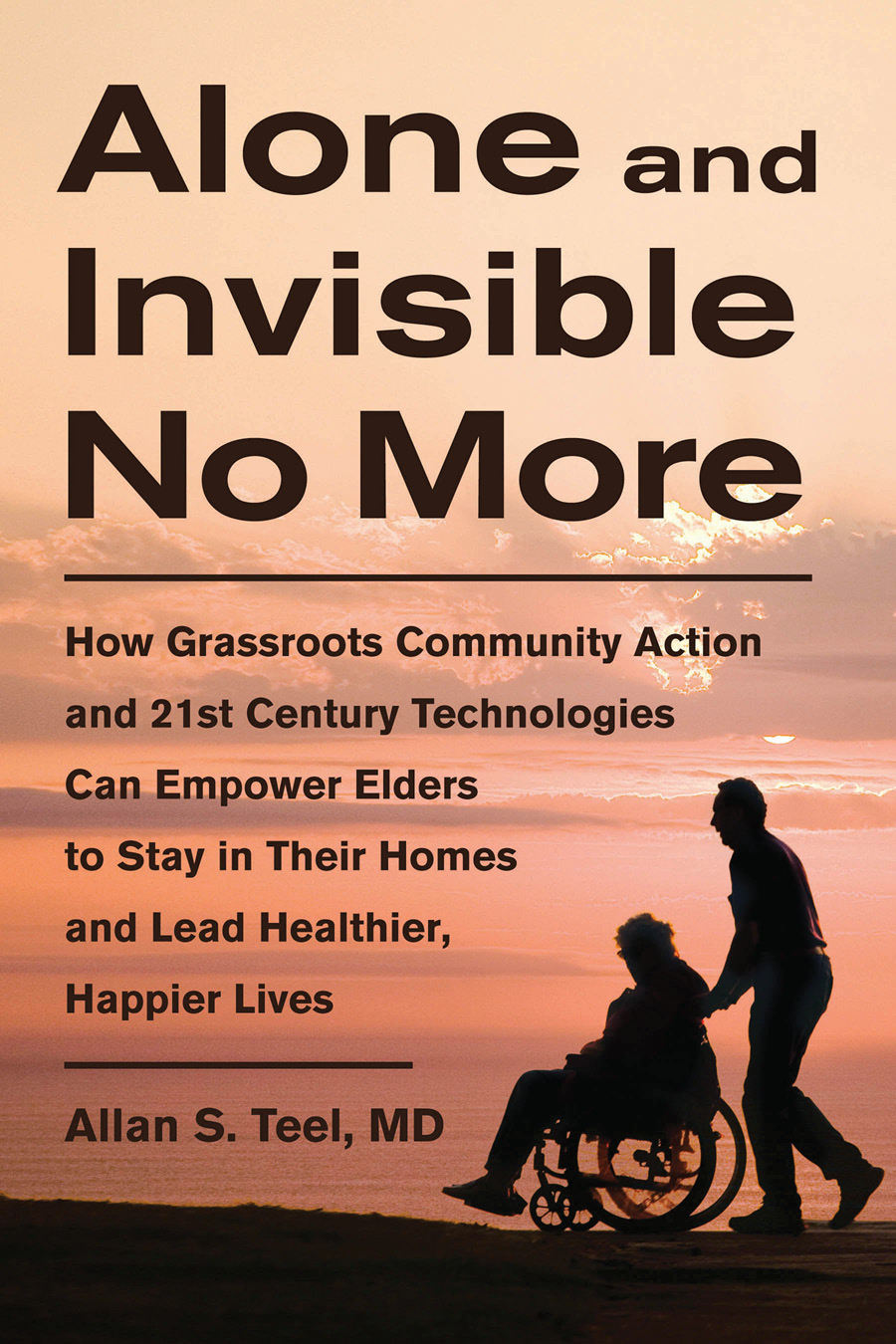
ALONE AND INVISIBLE NO MORE
How Grassroots Community Action and 21st Century Technologies Can Empower Elders to Stay in Their Homes and Lead Healthier, Happier Lives
Allan S. Teel, MD
Chelsea Green Publishing
White River Junction, Vermont
To my family, friends, patients, and medical mentors who have shared their wisdom and experiences with me. May a new eldercare community honor their efforts.
Contents
I now know why authors often take years to write a book. I also know why they are indebted to editors and friendly reviewers. I have so many to thank for helping this book get to print. Steve Larchuk insisted I write it and then helped me organize my often scattered thinking. Kim Fenn masterfully created the covers of the books first version while providing encouragement when sorely needed. Carol Richards inspired many of the stories by working long hours treating every elder as a member of her family. Lexi Zoph, Jen Lacrosse, and Nikki Clifford gave A-plus dedicated service to members. Marie Fuller tried to keep me focused. Janet Yates, Roger Richards, Arthur Dexter, Sandra Lane, Sally Putonen, Judy Whitney, Carolyn Foster, and David Hinds volunteered mightily on behalf of our members. Frank Bedell, Carol Perry, Lila Blechman, Paige Stearns, Ella Mjelstad, Carolyn Howard, and Maria Del Carmen Yrbas Daneri helped out in many ways. David and Ceci Lampton, Sunil Rodrigues, Chris Pennock, Laurie Herron, Dorothy Petersen, Darrell Gudroe, John Hall, Jim Maxmin, Russ Lane, Chad Hanna, Dick Brown, and Meg Dexter invaluably shaped this elder model.
Now my new colleagues at Chelsea Green Publishing have stepped forward to help promote this project. I am grateful to have a publisher who shares my vision. Margo Baldwin immediately embraced the ideas. My editors Joni Praded and Cannon Labrie have made it a much better book. Pati Stone saw that it got out there.
My medical partners, Denise Soucy and Minda Gold, have been there for me for almost two decades. The ElderCare Network Board continues to work tirelessly to make The Greens prosperous. The nurses and staff of ElderCare Network, the Lincoln Home, and Coves Edge shared their talents daily with my patients and me. Most importantly, so many older individuals entrusted me with their care, their wisdom, and their energy. It was their aspirations and their spirit that shaped all of the insights presented in this book.
My grown sons are a tremendous source of pride: Jon with his uncompromising honesty and Ben with his unwavering support. Deepest gratitude goes to my creative, dynamic, and charming wife, Carol Scales Teel, for showing me the way to truth and understanding. I alone take responsibility for any shortcomings in these chapters. I only hope that with time we can do justice to the legacy of so many older individuals who are a daily source of hope and inspiration to the rest of us.
What are we doing? We have segregated, isolated, and often marginalized a large group of older citizens who should be treated like celebrities at the later stages of their lives. In return for their sacrifice on our behalf, the rest of us have forgotten our elders and relegated them to a lonely existence often invisible to the community at large. While we honor sports figures with the Hall of Fame, actors with Lifetime Achievement Awards, and returning soldiers as national heroes, we neglect the millions of Americans who gave birth to us, built our communities, paid for the schools that educated us, and created many of the industries that sustain us. Many live in poverty today because they have outlived their savings. And now they are victims of a culture that worships youth and wealth, and ignores those who built the foundation for all we have.
The urgency of the situation is clear. As Shoshana Zuboff wrote in Business Week, If health care is a train headed for a brick wall, then elder care is a high-speed train stuffed with our parents and grandparents racing toward a steel-reinforced concrete fortress. Today its them. Tomorrow its us. She concludes that elder care as generally practiced is a euphemism for human warehousing on the cheap.
Amen.
We had better change soon, because we are rapidly squandering our inheritance. We are wasting the resources older Americans discovered and created. Most importantly, we have chosen to push aside a generation that could contribute in so many ways with its wisdom, talent, and experience. Without a new, countrywide approach, the coming age waves very numbers will soon swamp our financial and caregiver resources.
The projected demographics of aging America cannot be supported by our societys institutional infrastructure. The economics of our current approachresidential care in nursing homes and assisted-living homesare unaffordable for most individuals, companies, insurance plans, and state and federal governments. Nearly every older individual and his or her family face the currently available options with dread or avoidance. With so much at stake, our leaders and our institutions procrastinate or continue to promote the same approach, hoping that doing the same thing over again will produce a different outcome.
In our political system, we have been debating the impending insolvency of Social Security since I was a high school student in the 1960s. Nearly fifty years later, we are no closer to having the political will to enact the necessary changes to fix the problem. Some national figures even question the wisdom of having any social safety net at all. Meanwhile, the urgency of addressing the fundamental needs of our elders increases incrementally each year.
I started medical school rather late in life, after having taught elementary school, and having worked in the building trades and the tourism industry. This varied background served me well as a family physician connecting with thousands of patients. I especially treasured my relationships with my older patients, as they shared their lives and their humanity with me. They taught me an enormous amount about what is important in life from their diverse experiences over their 70, 80, 90, even 100 years of living. My added training in geriatrics has sharpened my special focus on eldercare.
As the early chapters of this book reveal, I have seen up close every manner of institutional strategy employed to care for our aging population. I have done it all. I have provided eldercare in hospitals, at office visits, house calls, nursing homes, assisted-living residences, and in multigenerational households. I am the cofounder and president of our own ElderCare Network, a mini-system of seven small group homes in my Maine community that provide a more homelike experience for sixty elders who need daily services and support. Even though we have enjoyed some success with ElderCare Network, the handwriting is on the wall. I can see that simply doing institutional long-term care better will not solve the problems of cost and the human resources that are needed as tens of millions of baby boomers reach the age where increasing levels of support will be required.
Over my twenty-five years of medical practice, as I have contemplated the life stories of so many elders, and watched them pursue grossly inadequate options in the current health-care world, a comprehensive and radically different alternative eldercare model began to take shape in my mind.
With the help and sacrifice of many, my colleagues and I have brought those better way notions to life and call it, simply, the Maine Approach. It is a noninstitutional approach that enables even very frail elders, including those with fairly advanced memory loss, to remain at home at a fraction of the cost of institutional care.

